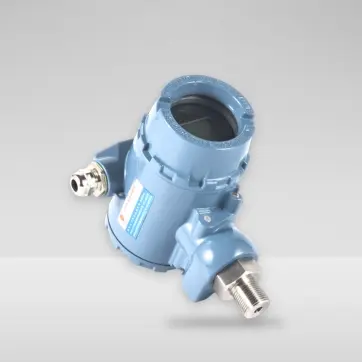Definition and working principle of the weighing sensor
Release time: 2024-08-14
A weighing sensor is a device for converting a mass signal into a measurable output of electrical signals. In the basic concepts and evaluation methods of the main technical indicators of the weighing sensor, the old and new national standards have qualitative differences. There are mainly S type, cantilever type, wheel type, plate ring type, membrane box type, bridge type, cylinder type and so on.
mentionload cell, Many people think it’s just a sensor to measure the weight of an object, but it’s not exactly true, it’s being used in a lot of areas. The weighing sensors are similar in principle to the pressure sensors introduced earlier, but they are not the same shape. The weighing sensors used in modern science and technology industry are everywhere, the following xiaobian will introduce the working principle and definition of the weighing sensors.
Defined for the weighing cell
A weighing sensor is a device for converting a mass signal into a measurable output of electrical signals. In the basic concepts and evaluation methods of the main technical indicators of the weighing sensor, the old and new national standards have qualitative differences. There are mainly S type, cantilever type, wheel type, plate ring type, membrane box type, bridge type, cylinder type and so on.
Operating principle of the weighing sensor
The working principle of weighing sensor has two basic structural types: straight type and rotary type (disc type), which is composed of slide ruler and fixed ruler (straight type) or rotor and stator (rotary type). These two types of weighing and induction synchronizers are manufactured using the same process method.
The weighing sensor first sticks the conductive copper foil (thick 0.04~0.05mm) on the substrate of low carbon steel or non-magnetic materials such as glass, and then according to the design requirements, the lithography process or chemical corrosion process etched into different tortuous shapes of the plane winding, this winding is generally called the printed circuit winding. The distribution of the winding on the fixed ruler and the rotor and the stator are not the same. The windings on set ruler and rotor are continuous winding, while the windings on slide ruler and stator are segmented windings. The segmented winding is divided into two groups, arranged at the left corner of 7r. The working principle of the weighing sensor is also called positive and cosine winding.
The continuous winding and segment winding of the induction synchronizer are equivalent to the original side winding and the secondary side winding of the transformer, and they work by using the alternating electromagnetic field and the mutual sense principle.
Disclaimer: This article is reproduced for the purpose of conveying more information. If there is any source labeling error or violation of your legitimate rights and interests, please contact us, we will correct and delete it in time, thank you.


 />
/>